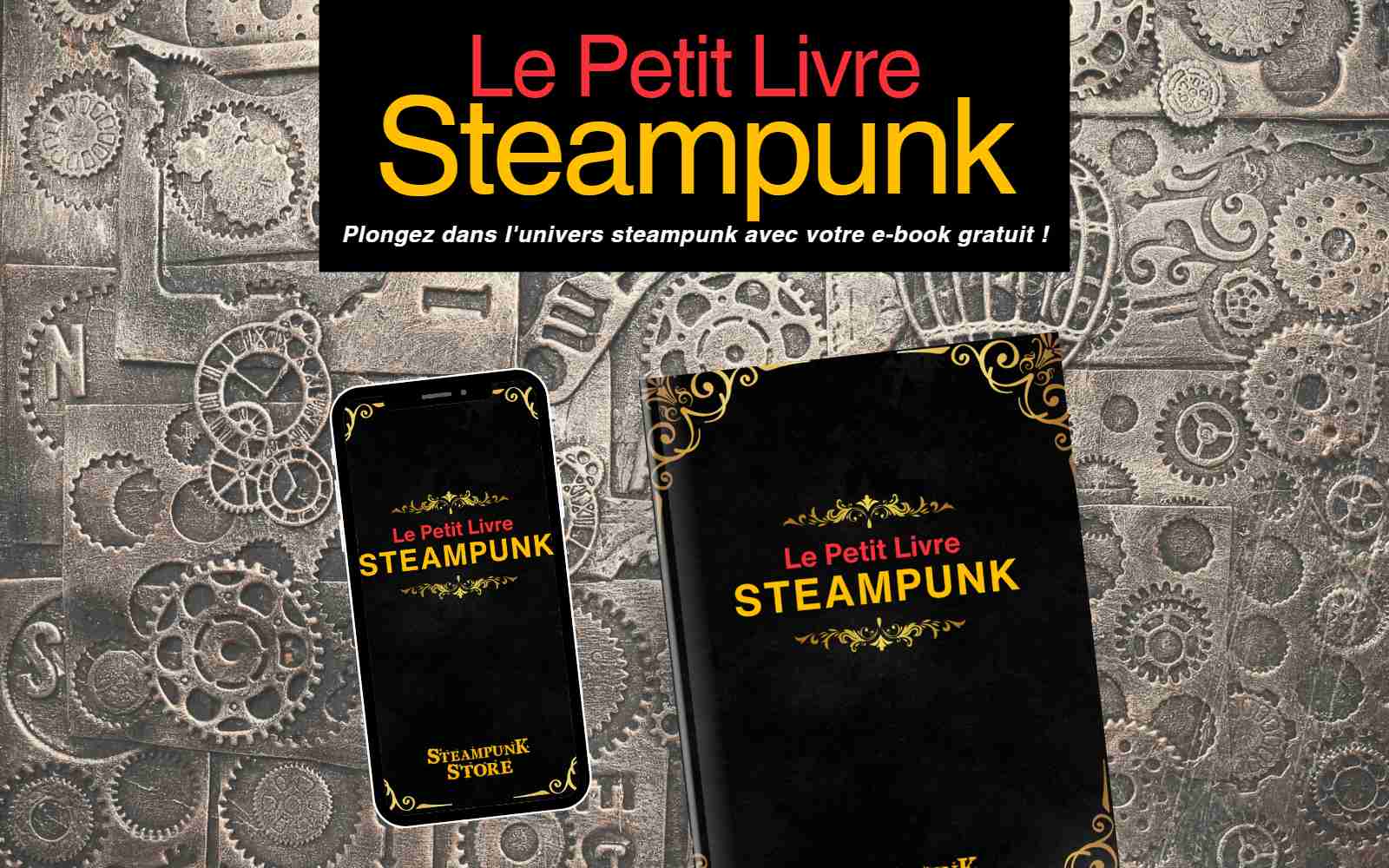Following our previous exploration into the universe of skeleton watches, we must now address this marvel of engineering that is the automatic watch. This masterpiece of mechanical horology deserves thorough analysis, as it constitutes the technological anchor point between ancestral craftsmanship and modern innovation.
Definition of the Automatic Watch
The automatic watch, also called a self-winding watch, represents the apotheosis of horological art. This mechanical marvel is characterized by its ability to convert the natural movements of the wrist into winding energy, thanks to an ingenious system of oscillating rotor. It follows in the lineage of traditional mechanical watches while transcending their limitations through this revolutionary innovation.
Key Points of Automatic Horology
- Invention: The invention of automatic watches is attributed to Abraham-Louis Perrelet (1777) or Hubert Sarton (1778).
- Refinement: John Harwood perfected automatic watches in the early 20th century.
- Mechanism: An oscillating rotor transforms wrist movements into energy to wind the mainspring.
- Direction: Some mechanisms wind the mainspring in one direction only, others in both directions.
- Power Reserve: A fully wound watch can run for approximately one day without movement.
- Manual Winding: Automatic watches can be wound manually via the crown.
- Clutch Device: A friction clutch prevents the mainspring from being overwound.
- Initiation Process: Manual winding is necessary to initiate automatic function.
- Regular Wear: For optimal function, the watch should be worn at least 8 hours per day.
- Key Components: The rotor, crown, mainspring, and escapement are essential to the mechanism.
Historical Genealogy of Horological Automatism
As Michel Foucault brilliantly elucidated in his analyses of "technologies of the self," each technical innovation carries within it the imprint of its epoch. The automatic watch draws its roots from the depths of the 18th century Industrial Revolution, that pivotal period when humanity revolutionized its relationship with time and movement.
First and foremost, the paternity of the automatic movement invention remains contentious, like a mystery worthy of Sherlock Holmes novels. Some attribute this technical prowess to Abraham-Louis Perrelet (1777), while others credit Hubert Sarton (1778). Regardless, automatic winding now possesses several centuries of mechanical history.
This innovation was incorporated into a timepiece by an 18th-century French inventor, Pierre Joseph de Rivaz, then perfected by John Harwood in the early 20th century. Harwood, a watchmaker from Bolton near Manchester, England, developed the very first self-winding wristwatch, creating a technological bridge between traditional craftsmanship and modern innovation.
Mechanical Symphony: Automatic and Mechanical Watches
Before the advent of quartz watches in the 1960s, all timepieces were mechanical, like a perfectly synchronized orchestra of gears. Steampunk watches and skeleton watches, highly fashionable in our community, also constitute mechanical watches, often with visible mechanisms through a transparent dial.
A mechanical watch, whether manually wound or automatic, is animated by a mainspring, the true beating heart of the temporal machine. This main spring slowly unwinds to release energy, which is then transmitted to the gears and hands in a mechanical dance of millimetric precision.
Architecture of Automatic Winding: Anatomy of a Mechanical Miracle
Automatic watches, or self-winding according to horological terminology, are distinguished by an automatic winding mechanism that transcends the need to manually wind the watch daily. They possess a rotor or oscillating weight that rotates with wrist movements, like a miniaturized pendulum capturing the kinetic energy of daily life.
This oscillating movement is transmitted through a series of sophisticated gear trains, thus winding the mainspring in a perpetual mechanical symphony. Modern automatic watches can wind the mainspring by oscillating in one or two directions thanks to caliber systems of remarkable technical complexity.
Power Reserve and Energy Management: The Energetic Governance of Time
A typical automatic watch for men, with a stainless steel case and leather strap, can run for approximately 24 hours when fully wound. This power reserve constitutes the energetic memory of your timepiece, like a miniaturized temporal reservoir.
To maximize this power reserve, it is recommended to wear the watch at least eight hours per day, thus allowing the rotor to activate sufficiently. Additionally, automatic watches can be wound manually by turning the winding crown, particularly useful if they are not worn for an extended period.
| Watch Type | Case Material | Power Reserve | Technical Particulars |
|---|---|---|---|
| Classic Men's Watch | Stainless Steel | 24-48 hours | Bidirectional rotor, standard water resistance |
| Skeleton Watch | Steel or precious metals | 38-42 hours | Visible mechanism, decorative finishing |
| Women's Watch | Precious metals, steel | 35-40 hours | Reduced dimensions, adapted rotor |
| Steampunk Watch | Brass, patinated copper | 40-50 hours | Retrofuturistic aesthetics, artisanal finishing |
The Clutch Device: Guardian of Mechanical Balance
The mainspring of automatic watches is designed to avoid overload thanks to a friction clutch device, a true horological safety mechanism. When the mainspring is completely wound, it slips to prevent excessive tension, like a mechanical torque limiter.
This ingenious mechanism ensures the longevity of the watch by avoiding premature wear of delicate components. The clutch functions as a technological safeguard, protecting the integrity of your timepiece against energetic excesses.
Initiation and Priming: The Awakening of the Temporal Machine
It is crucial to prime the mainspring of an automatic watch before its first use, like a mechanical awakening ritual. To do so, turn the crown approximately 40 times clockwise, thus instilling the first spark of life into your mechanism.
This operation ensures sufficient power reserve for the automatic movement to take over. An automatic watch must be worn regularly to maintain its mechanical vitality, creating a symbiosis between horology and its wearer.
Lexicon of Automatic Horology
To better understand the components of your automatic watch, here are the essential technical terms:
- Rotor: Oscillating weight that winds the mainspring with wrist movements, a true kinetic energy converter.
- Winding Crown: Control interface used to manually wind the watch and set the time.
- Mainspring: Energy reservoir that stores energy and releases it progressively.
- Transmission System: Kinematic chain that transmits energy from the mainspring to the escape wheel.
- Escapement: Precision regulator that controls energy release to ensure temporal accuracy.
- Balance Wheel: Rhythmic heart of the mechanical movement, creating the characteristic tick-tock.
- Jewels: Synthetic stones that reduce friction and wear of the gear train.
Integration into the Steampunk Universe: Aesthetics and Function
Steampunk watches represent a fascinating synthesis between the innovation of automatic watches and the retrofuturistic aesthetics of our movement. These exceptional timepieces harmoniously integrate the apparent gears and copper finishes characteristic of our mechanical universe.
The association with steampunk pocket watches creates a fascinating temporal dialogue between tradition and modernity. These horological pieces constitute true mechanical jewels, combining functionality and aesthetic beauty in a retrofuturistic symphony.
To discover the art of wearing these temporal marvels, consult our guide on how to wear a pocket watch, or explore our analysis of the origins of steampunk pocket watches.
Conclusion: The Art of Mastering Mechanical Time
Dear mechanical enthusiasts, the automatic watch transcends the simple measurement of time to become a mechanical extension of our being. This remarkable synthesis between traditional craftsmanship and technological innovation constitutes the very essence of modern horology.
Automatic watches, whether for men or women, represent sophisticated timepieces that unite tradition and innovation in a perpetual mechanical dance. Understanding their function and maintenance will allow you to create a true symbiosis with your automatic watch, whether it be crafted in stainless steel, adorned with noble leather, or graced with the most refined steampunk finishes.
Explore our complete collection of steampunk watches and let your passion for mechanical horology flourish in the meanders of our retrofuturistic aesthetic. For remember, in the steampunk universe, we do not merely wear watches: we display manifests of temporal mechanical beauty!
Sources and References
- Historical archives of Swiss and French horology
- Technical documentation from horological manufacturers
- Studies on the evolution of automatic mechanisms
- Latour, Bruno. "Science in Action" (1987)
- Technical analyses of the horological Industrial Revolution
Eugénie Vaporette
Curator-consultant in steampunk aesthetics
Graduate in Victorian technology history







